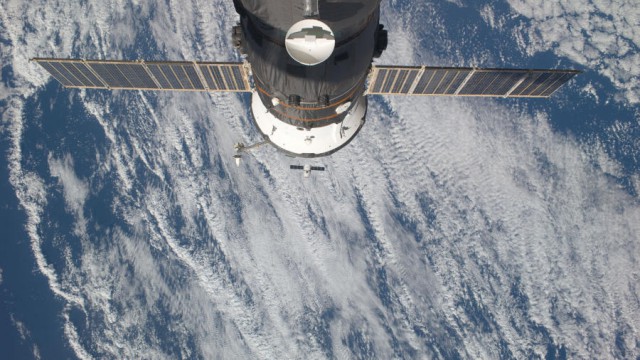
NASA first provided Internet access to astronauts in space five years ago, but these space guys have revealed that connection speeds from the International Space Stations are worse than the old-school dial-up connection.
A click on a webpage from a space station first travels 22,000 miles away from Earth, to a network of geosynchronous satellites far beyond the relatively close station. These satellites then send the signal down to a receiver on Earth, which processes the request before returning the response along the same path.
The engineers on the ground are the ones who have access to providing astronauts with Internet access, the same channels that are used for all kinds of commands to the space station.
But while the time it takes to transmit data is relatively slow to Earth’s standards, the capacity for data transmission is robust.
NASA spokesman Dan Huot said: "We have the capability to send up and down large-format video files. We’re sending gigs and gigs and gigs of video every single day just from live downlinks of the crews themselves".
The astronauts can do this through devices provisioned in the space stations. NASA spokesperson David Steitz told Mashable that "they have laptop computers, including one in their personal sleeping quarters, which they can use for limited web access -- email, tweeting, and news".
"They also have tablets onboard they can use for various operational tasks, but also video conferences with family and friends on the ground".
Published under license from ITProPortal.com, a Net Communities Ltd Publication. All rights reserved.
Photo Credit: NASA

